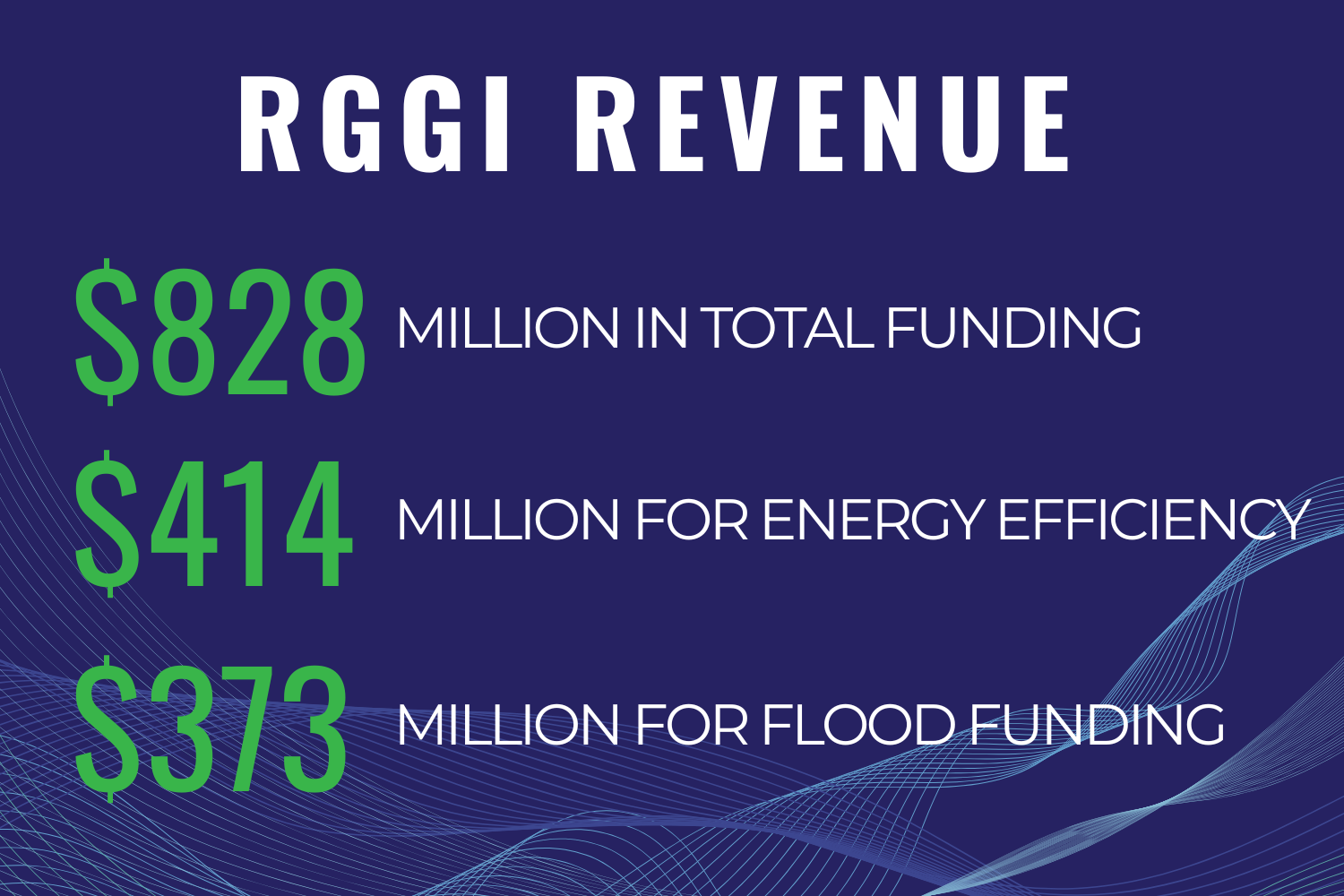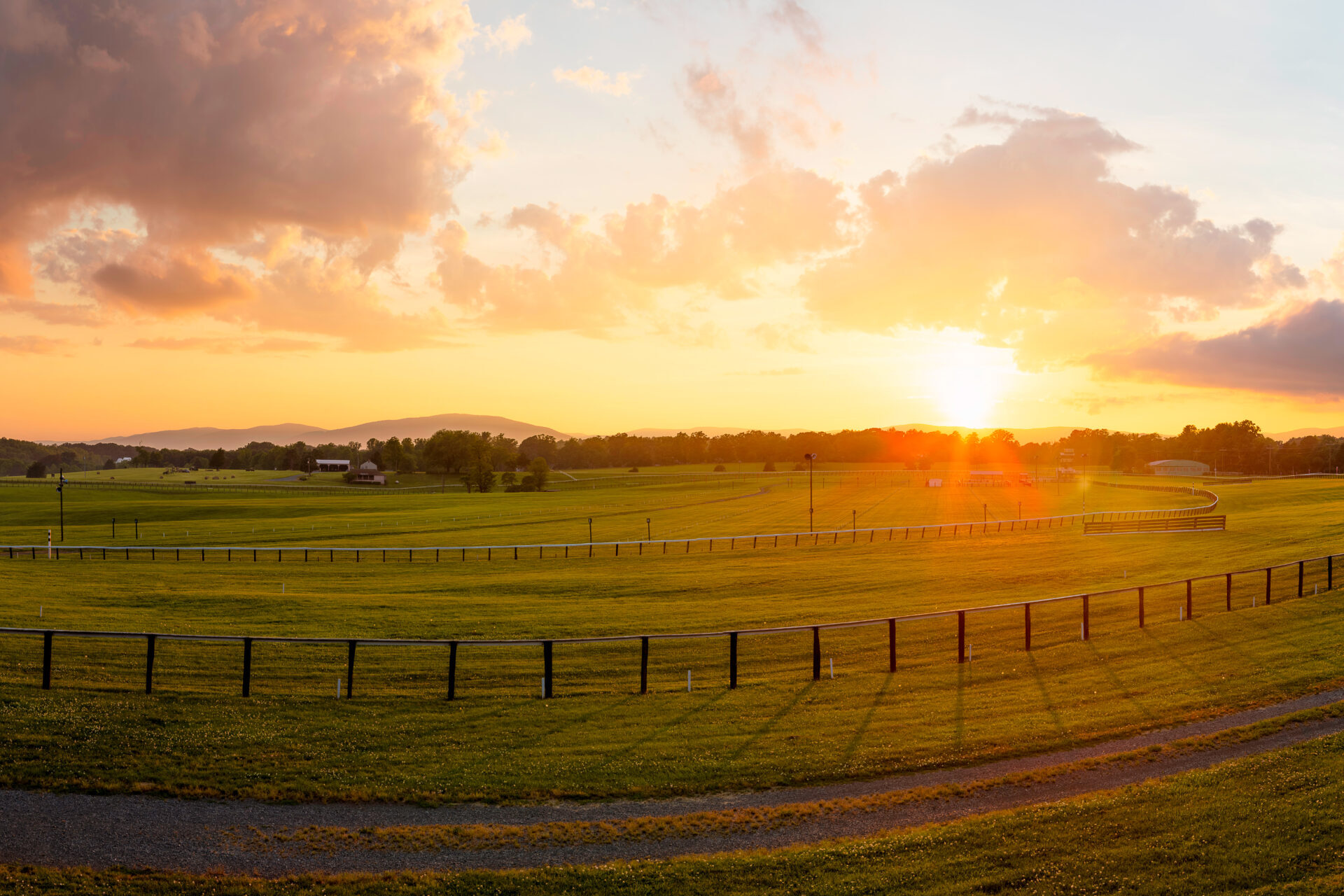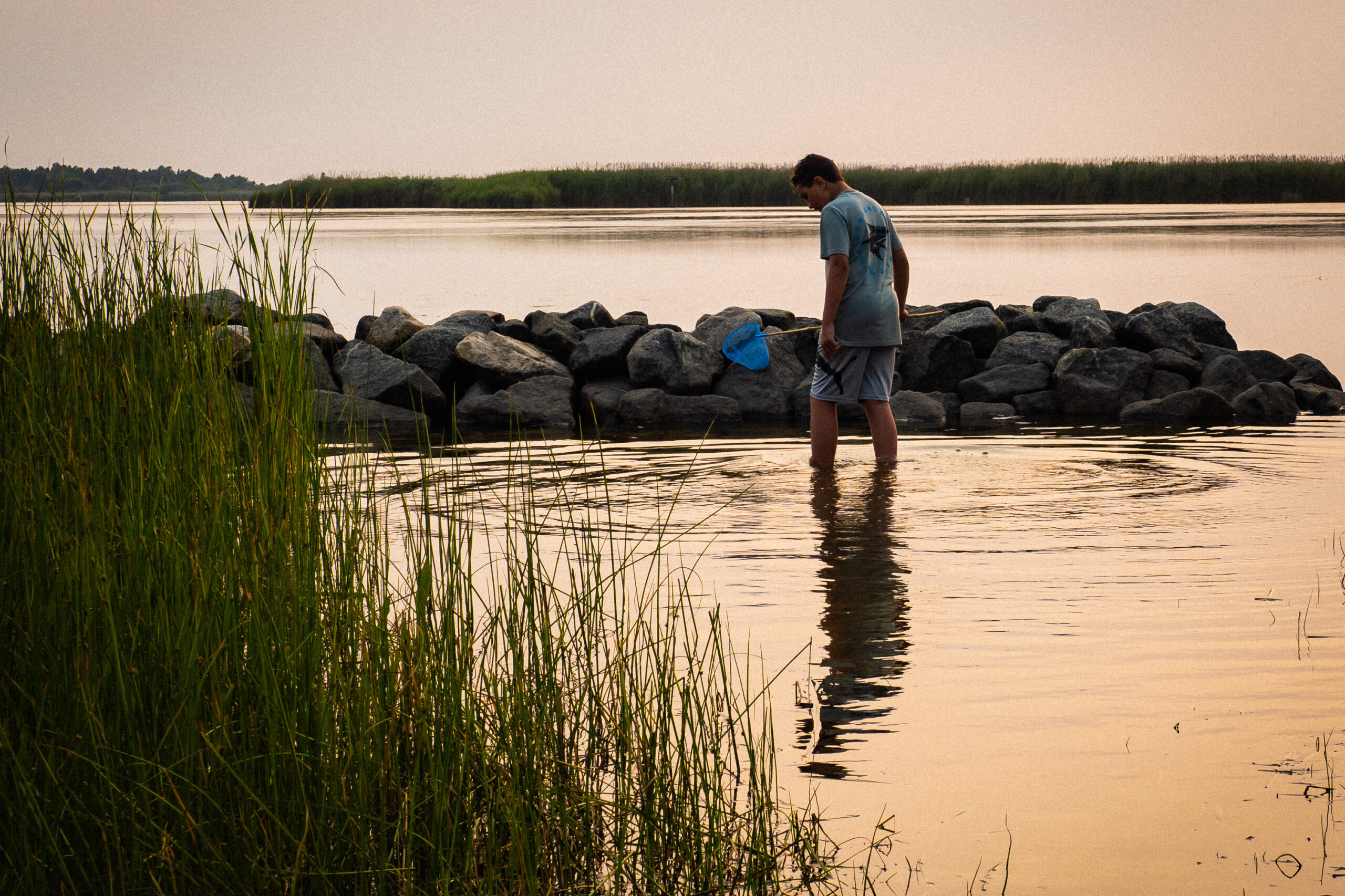5 Takeaways from Virginia’s Conservation Budget
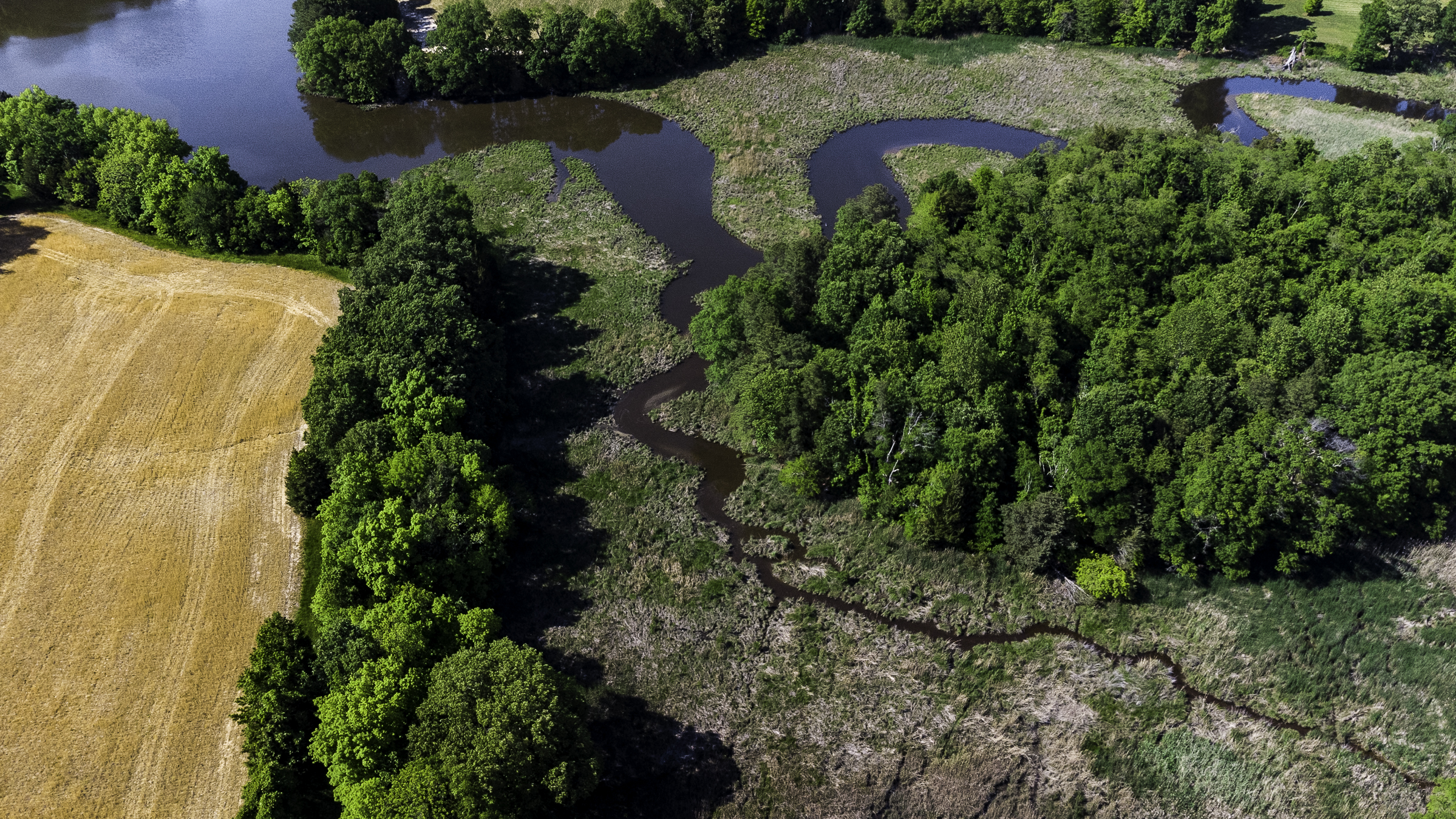
Machadoc Creek in Westmoreland County. Image credit: Lucas Manweiler
This week, the General Assembly released and approved a compromise budget conference report for fiscal years 2023-2024. The conference report was compiled by a bipartisan budget conference committee made up of members of both the House and Senate. See our analysis of the budget conference report here.
Now, the budget conference report is headed to the Governor, who has 30 days to sign or veto the budget. This includes the power to make line-item amendments and vetos within the budget. The General Assembly will have to reconvene again for another vote to make the budget final in the case of any gubernatorial amendments or vetoes.
VCN and our Partners have been advocating for full conservation funding throughout the General Assembly session. See the top 5 takeaways from the biennial conservation budget below, plus a bonus takeaway at the bottom for those tracking where Virginia’s transportation funding is going.
5 Takeaways from Virginia’s Conservation Budget
1) Gas Tax Suspension Left Out, but Other Items Affect Transportation Funding
On Wednesday, March 16th, Governor Youngkin announced his plan to suspend the state gas tax for three months, but the proposal was quickly shot down by the Senate. While a gas tax suspension might sound nice on paper, the fact of the matter is that a gas tax suspension wouldn’t actually lower gas prices or help Virginians save money. Instead, a gas tax suspension would drastically cut public transit and rail funding – services Virginians need now more than ever. We detail how a gas tax suspension would hurt Virginians but benefit oil and gas companies in our roundup here.
Ultimately, the gas tax suspension was left out of the budget conference report ensuring that needed transit funding remains intact for those looking to reduce their gas consumption. However, it’s worth noting that the conference budget report did include the elimination of the grocery tax, which will result in a $20.35 million loss for public transit, a $6.5 million loss for passenger rail, and $.46 million loss for freight & short-line rail over the biennium.
On the other hand, highways made out like a bandit in the budget conference report. The project to widen portions of I-64 received full funding at $470 million. In total, the conference report marks $470 million to widen I-64. The investment is troubling because studies show that highway expansion leads to “induced demand,” meaning an increase in traffic, car pollution, and vehicle miles traveled.
2) Attempt at RGGI Repeal Thwarted
This session, the conservation community successfully defeated a series of bills which would repeal or undermine Virginia’s participation in the Regional Greenhouse Gas Initiative (RGGI), a program which charges polluters for greenhouse gas emissions while providing funding for families to ensure flood resilient communities and energy efficiency in homes. The House tried to sneak language into the budget as another attempt to pull Virginia out of this successful program. The good news is the conference report mostly keeps RGGI intact – pulling out the worst language that would pull Virginia from the program. The budget conference, however, does re-route about $36 million from RGGI to new, smaller flood programs. The budget removes $11.4 million from low-income energy efficiency projects for the Hurley Flood Relief Fund and takes another $25 million in flood resilience funding for the Virginia Revolving Loan Fund.
While VCN supported general funds being used to cover these new funding programs, we opposed taking this money from RGGI. No matter how you slice it, this is a missed opportunity to gain additional funding for desperately needed flood resilience. In the future, VCN hopes to see additional funding for flood resilience rather than slicing up Virginia’s flood funding pie into smaller, weaker programs.
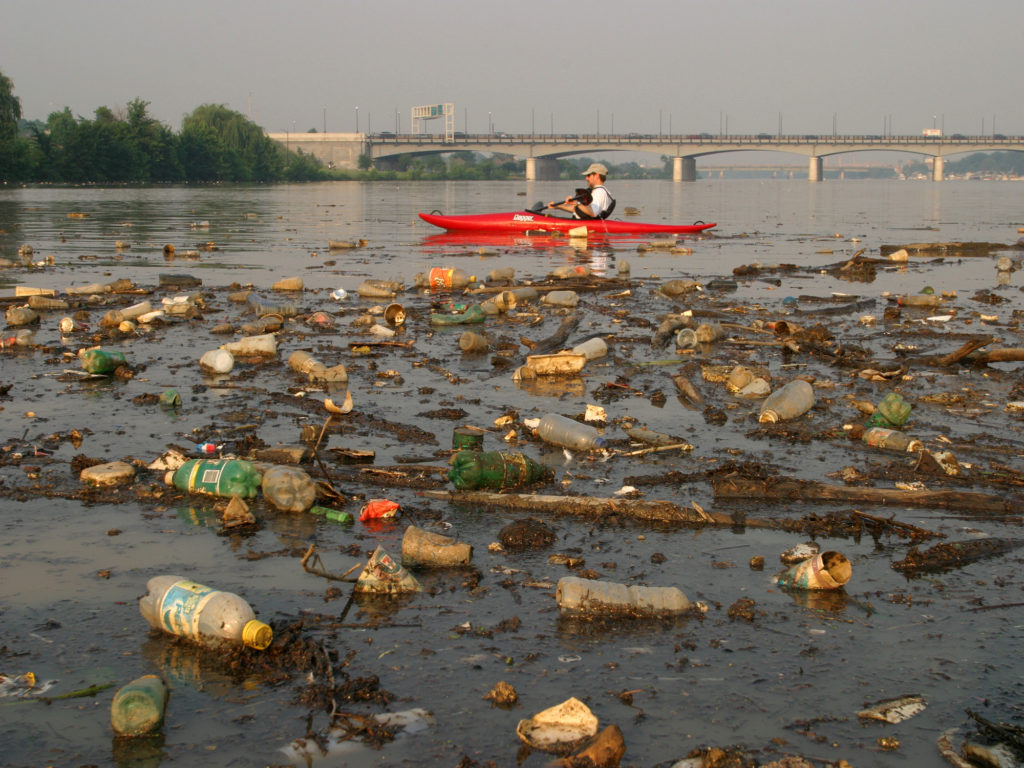
Styrofoam is a known hazardous substance linked to various types of cancers. Toxic chemicals from styrofoam containers can leach into food and drinks and then be ingested, especially when the food or beverage is served hot.
3) Styrofoam Ban Deadline Delayed
Last year, VCN and our Partners successfully passed legislation to diminish plastic pollution. The new law phased-out the ban of expanded polystyrene (aka EPS or styrofoam), prohibiting food vendors from using single-use styrofoam for takeout. To allow plenty of time for adjustment, certain chain restaurants would have until July 1, 2023 to stop styrofoam use, and all other food vendors have until July 1, 2025. The legislation also provided a process to receive one-year exemptions for food vendors facing economic hardship.
Despite the generous timeline for food vendors to adjust to the new law, the conference report delayed the ban by another five years. After reaching a “The Great Plastic Compromise” in the 2021 session, it is frustrating to say the least that legislators acted in bad faith against the compromise. In the future, our network will push for a stronger plastic waste reduction policy.
4) Huge Investments for Cleaner Rivers, Lakes, Streams
While the delay in banning styrofoam is certainly a hit for the health of our streams, creeks, and the Bay, there is some good news for healthy water funding. Governor Northam’s outgoing budget allotted an historic amount of $1 billion to meet Virginia’s 2025 deadline to restore the Chesapeake Bay, and much of this funding was maintained in the conference report. To support the Chesapeake Bay cleanup’s deadline of 2025, the conference report budgeted full funding for programs like the Virginia’s Agricultural Cost Share Program, the Farmland Preservation Fund, and the Virginia Natural Resources Commitment Fund; programs which will assist farmers and landowners to implement clean water and conservation practices. (see budget chart to see final numbers and how they compare).
With this strong water protection funding, Virginia can continue to tackle our water quality clean up goals for the Chesapeake Bay as we approach the 2025 deadline.
5) Land Conservation and Trails Funding Gets Trimmed, But Still Historic
Governor Northam also dedicated an historic amount of funding for outdoor recreation and trails in his outgoing budget. Of that budget, $233 million was dedicated to multi-use trails to develop, expand, and/or improve regional trails. Northam also granted Virginia’s award-winning state parks nearly $70 million for maintenance, infrastructure, and facility development, with another $1.4 million dedicated to increase access to state parks and forests.
Unfortunately, the budget conference report cut land conservation and multi-use trails funding down to 40% of the potential amount. Even so, this still leaves $93 million for trails funding – a historic budget for Virginia’s trails which reflects the broad support for our conservation programing.
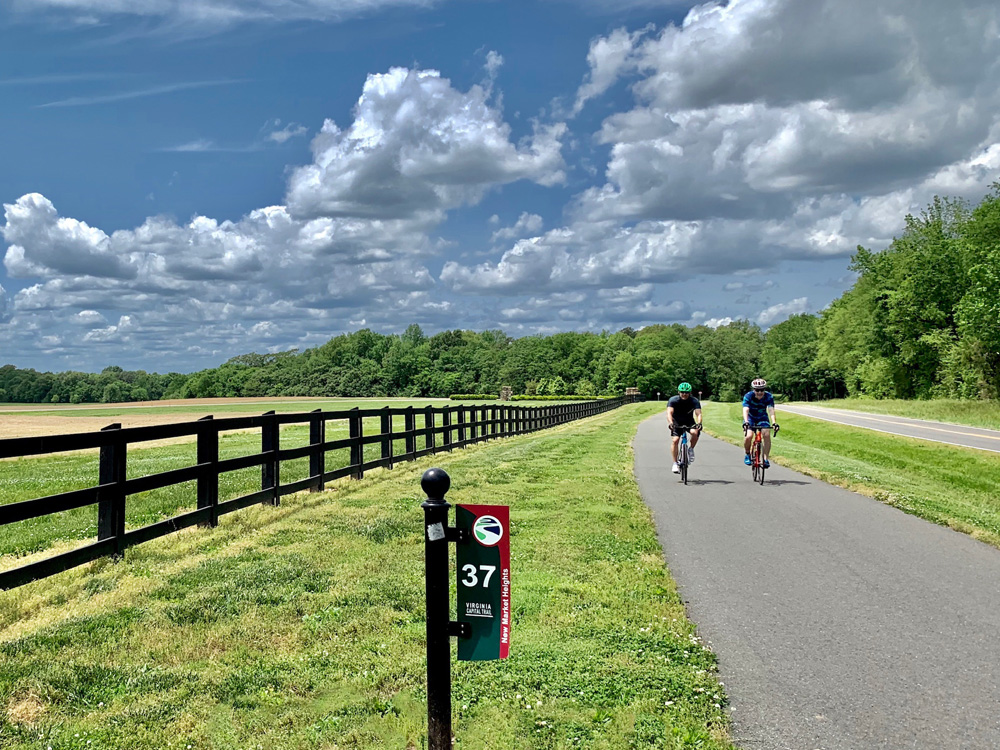
Virginians enjoy biking, walking, and running on the Virginia Capital Trail. Image credit: Cyndee Dragoo



